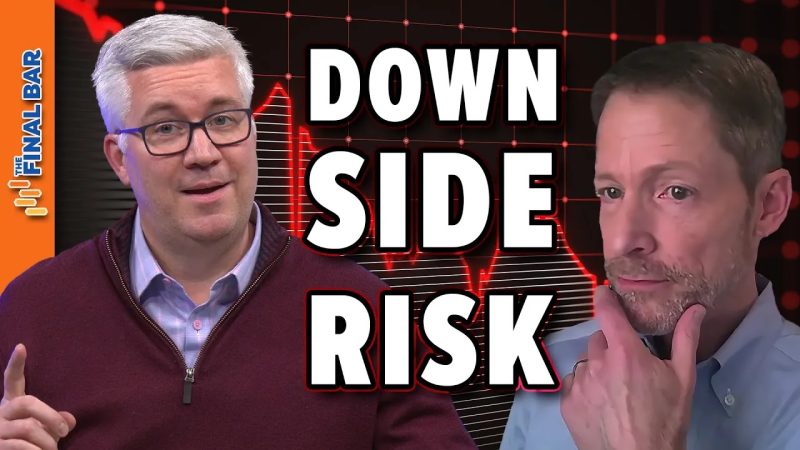Downside Risk in a Bullish Market
In the realm of investing, the term bullish market often evokes feelings of optimism and opportunity. As stock prices soar and economic indicators point towards growth, investors are generally confident in their ability to achieve profitable returns. However, just beneath the surface of this exuberance lies a potentially significant threat that can catch even the most seasoned investors off guard – downside risk.
What Is Downside Risk?
At its core, downside risk refers to the possibility of incurring losses on an investment due to factors such as market downturns, company-specific issues, and unforeseen events. While the allure of high returns in a bullish market may be captivating, it is essential for investors to acknowledge and prepare for the presence of downside risk.
Understanding Market Volatility
One of the primary drivers of downside risk in a bullish market is market volatility. Volatility refers to the degree of variation in the price of a financial instrument over time. In a bullish market characterized by rising stock prices and positive investor sentiment, volatility may seem subdued. However, sudden shifts in market sentiment, external shocks, or economic uncertainties can trigger a sharp increase in volatility, leading to significant losses for unsuspecting investors.
Mitigating Downside Risk
Recognizing the presence of downside risk is the first step towards safeguarding one’s investment portfolio in a bullish market. Here are some strategies that investors can employ to mitigate the impact of downside risk:
Diversification: Spreading investments across different asset classes, sectors, and geographies can help reduce the impact of specific events on a portfolio.
Risk Management: Implementing stop-loss orders, setting risk limits, and periodically rebalancing a portfolio can help limit potential losses.
Stress Testing: Simulating different market scenarios and assessing the impact on the portfolio can provide valuable insights into its resilience against downside risk.
Stay Informed: Keeping abreast of market developments, economic indicators, and geopolitical events can help investors make informed decisions and adjust their strategies accordingly.
Conclusion
While a bullish market offers ample opportunities for investors to capitalize on upward trends, the presence of downside risk underscores the importance of maintaining a cautious and vigilant approach. By understanding the factors that contribute to downside risk, implementing risk mitigation strategies, and staying informed about market dynamics, investors can navigate the complexities of a bullish market with greater confidence and resilience.

